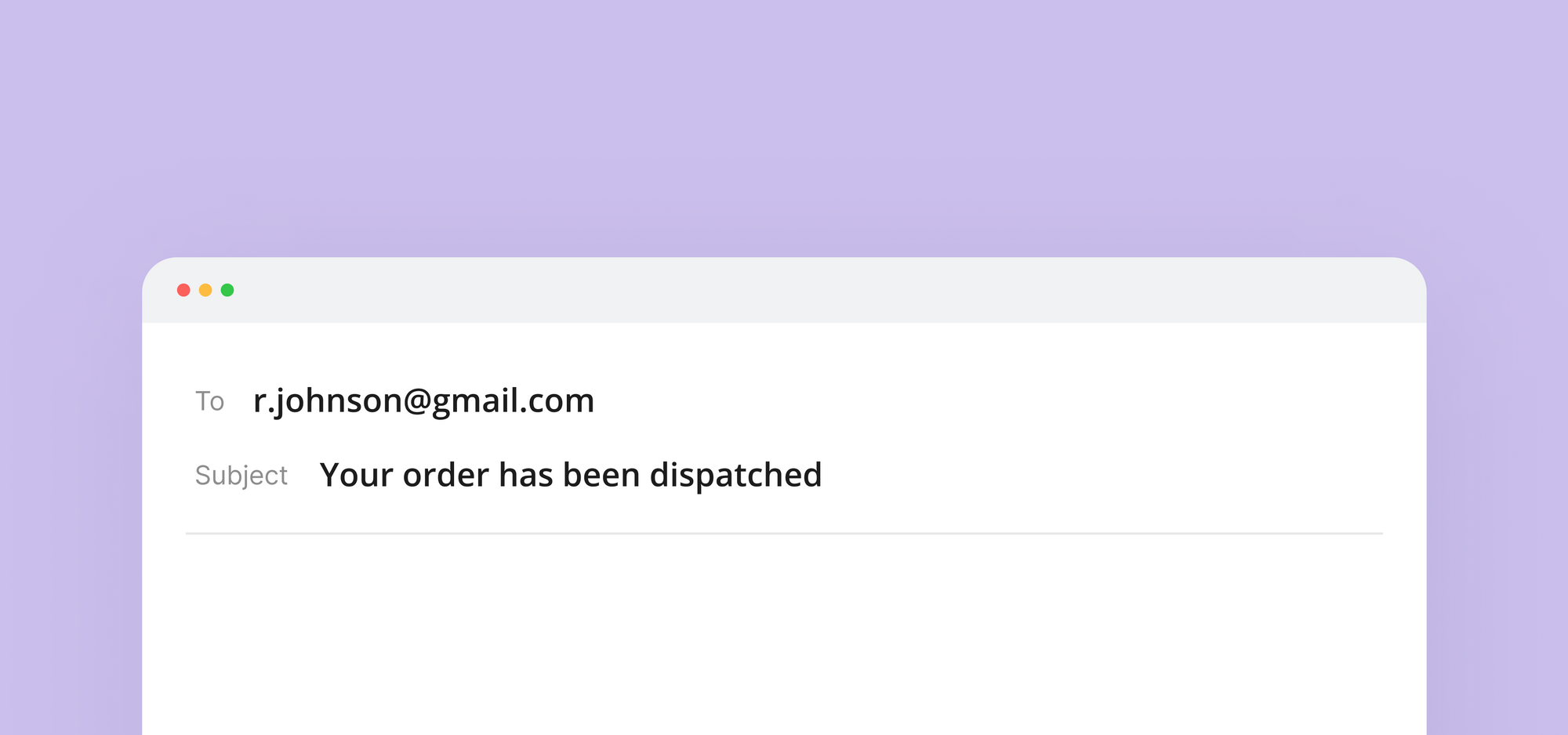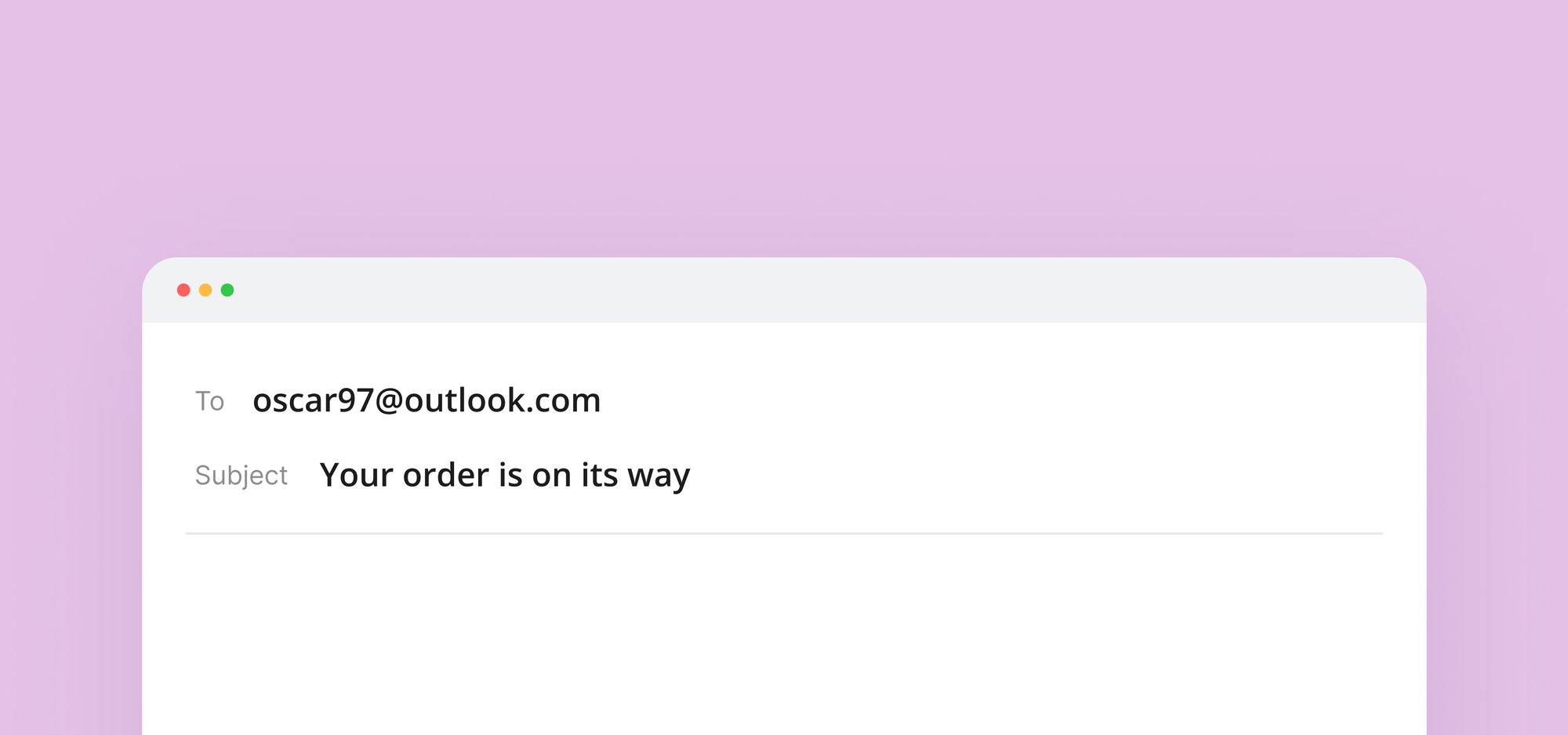Casual or conversational? A guide to writing formality
Written English has 3 levels of formality. Learn what they are, and when to use them.

A key thing to be mindful of when writing is your level of formality. That's because we need to communicate differently depending on who we're talking to, and why. You wouldn't email your boss the same way you would text your best friend, right?
Fortunately for English speakers, modifying our writing formality isn't super complicated. We don't need to make any major grammar or pronoun changes (unlike our French and German friends). However, we do need to consider things like word choice and syntax.
But before we talk about that, we should explain what the "levels of formality" are.
Levels of formality
Many people don't see writing as either formal or informal. It's more like a scale with multiple levels.
According to late American linguist Martin Joos, there are five registers, or "clocks", on that scale: intimate, casual, consultative, formal, and frozen. Others, like the Writer's Domain blog, believe there are four.
To keep things simple, we're going with three levels of formality: formal, conversational, and casual. Let's look at what they are, and when to use them.
Formal
For: writing to strangers or superiors

If you're writing an essay or cover letter, this is the tone for you. Formal language is necessary for writing about serious topics with serious people.
For academics, it can help convey a sense of objectivity and authority. For job seekers, it can create a strong first impression.
We've talked about the characteristics of formal writing in depth before. In summary, it often involves complex sentences, sophisticated words, and writing in third person. Using passive voice is acceptable, but colloquial language is definitely not.
Note: if you're using a formal tone, make sure you write clearly. Making sure your audience understands your message is far more important than showing off your vocabulary.
Conversational
For: writing to acquaintances, colleagues or customers

There are many names for this category. Some refer to it as "standard tone", while others call it "semi-formal". Basically, it's the tone that sits somewhere between formal and informal writing.
Nowadays, most companies (including Outwrite) use a conversational tone in their communications. That's because we want to sound like humans when talking to our customers, not emotionless robots.
So what does a conversational tone sound and look like? It often comes across as friendly, without being overly casual. You can write in first or second person, and use things like contractions and parentheses. Sentences should be kept simple and short for increased readability.
Remember—a conversational tone should still be polite and professional. That means no slang, emojis, or excessive exclamation marks.
Casual
For: writing to people you're familiar with

Finally, we have casual tone (also known as "informal tone"). This is the type of writing used when talking to people you're familiar with, like friends or close colleagues. It may be used by some companies in their marketing material (if it aligns with their brand, of course), as well as for personal emails, social media and blog posts.
A casual tone allows you to be expressive. Slang, idioms, and metaphors are all useful devices for expressing your true self and forming deep connections with your audience.
Grammar conventions are also flexible here. Feel free to start sentences with words like "but" and "and", and experiment with stylistic punctuation marks like em dashes.
If you're unsure whether to use a casual or conversation tone, go with the latter. It's always better to be overly formal than informal.
Formal vs Conversational vs Casual
Now that we've discussed the different levels of formality separately, here's how they compare:
| Element | Formal | Conversational | Casual |
|---|---|---|---|
| Contractions | ❌ | ✔️ | ✔️ |
| Slang | ❌ | ❌ | ✔️ |
| Jargon | Acceptable | ❌ | ❌ |
| Sentence length | Any | Short | Short |
| Passive voice | Acceptable | ❌ | ❌ |
| Viewpoint | 3rd person | Any | 1st/2nd person |
Note: these rules aren't set in stone. If you want to write a document that sits somewhere between the formal and conversational tones—go for it. Just make sure your work is consistent and appropriate for your context.
Change writing tone with a paraphrasing tool

Modifying your writing tone isn't easy. This is especially true if you're writing for multiple brands, an unfamiliar audience, or any other context outside of your comfort zone.
Fortunately, Outwrite's paraphrasing tool can help you rewrite sentences to make them more or less formal. Just highlight a sentence, choose a goal, and we'll suggest a list of alternatives. Head to our site to give it a go!

